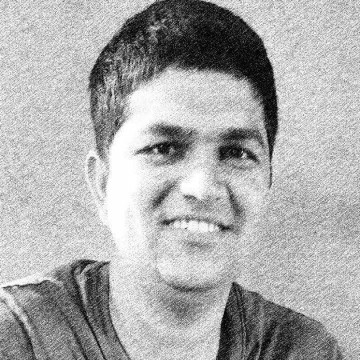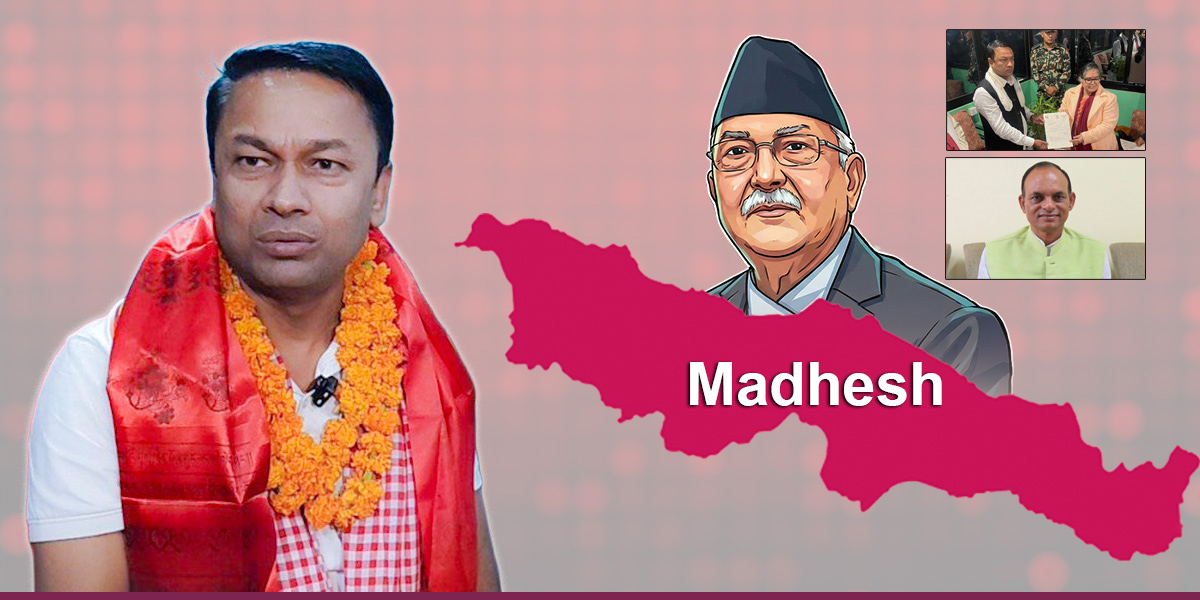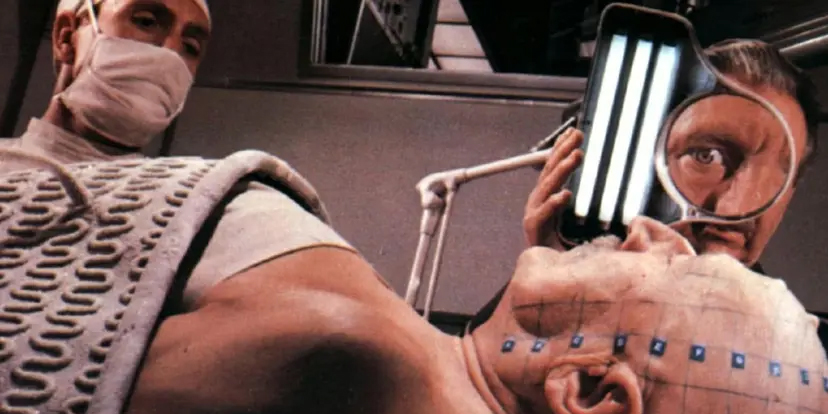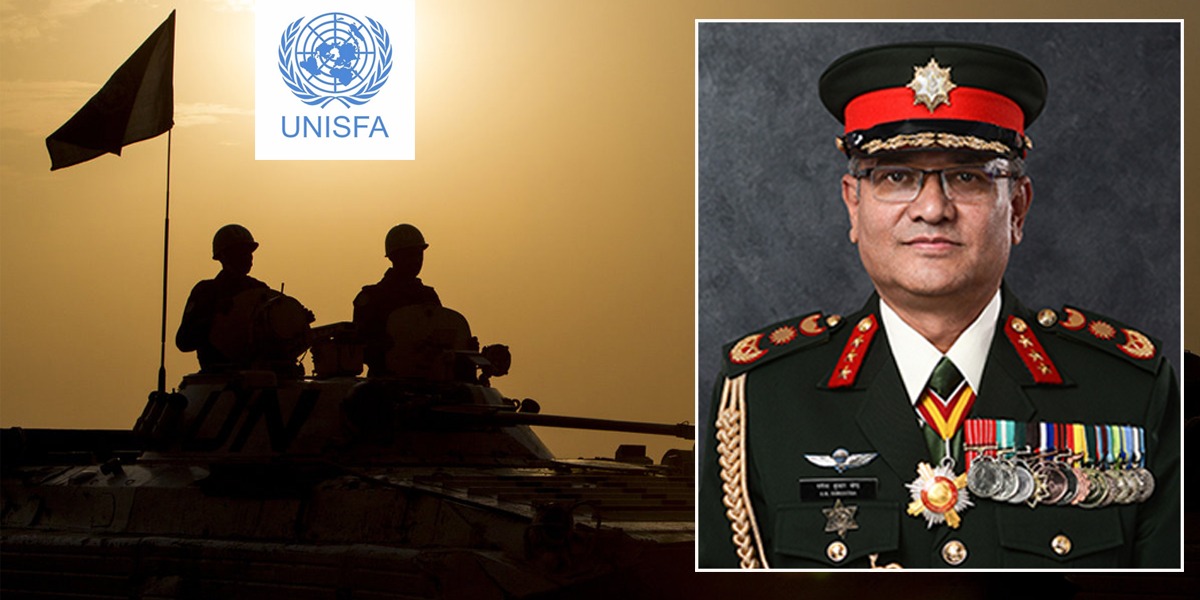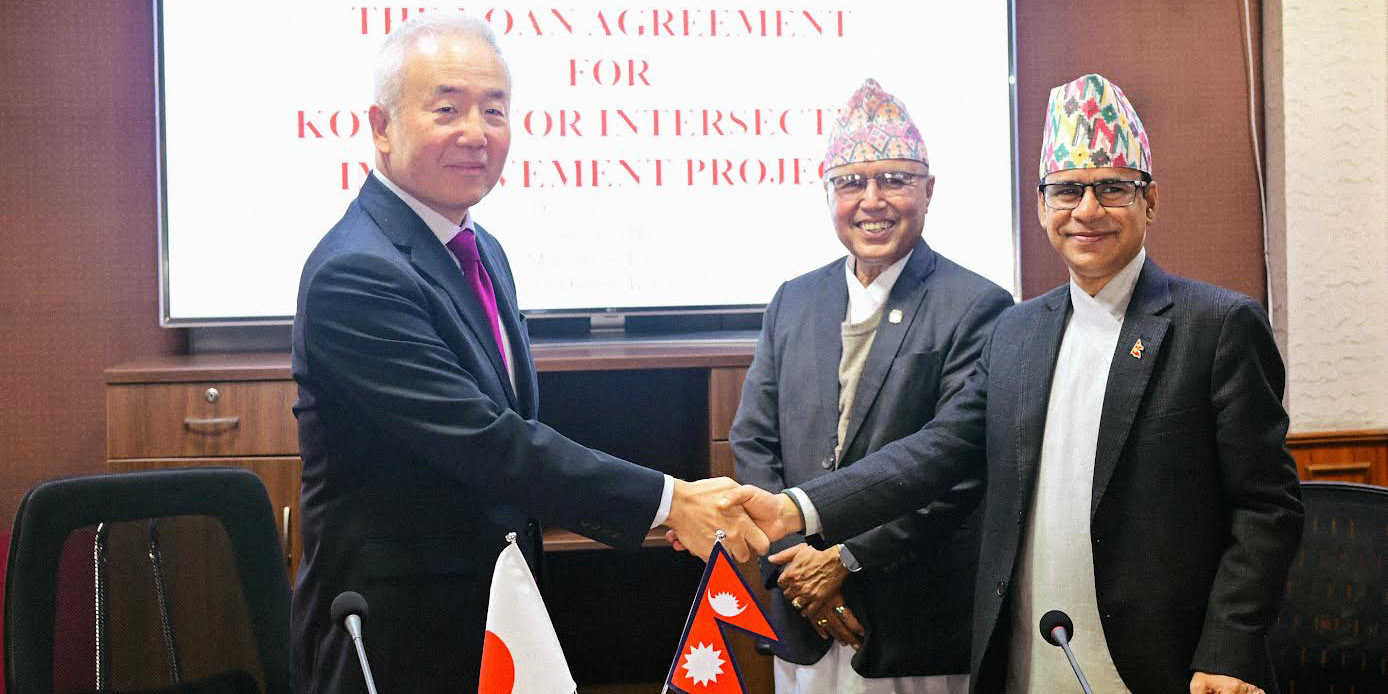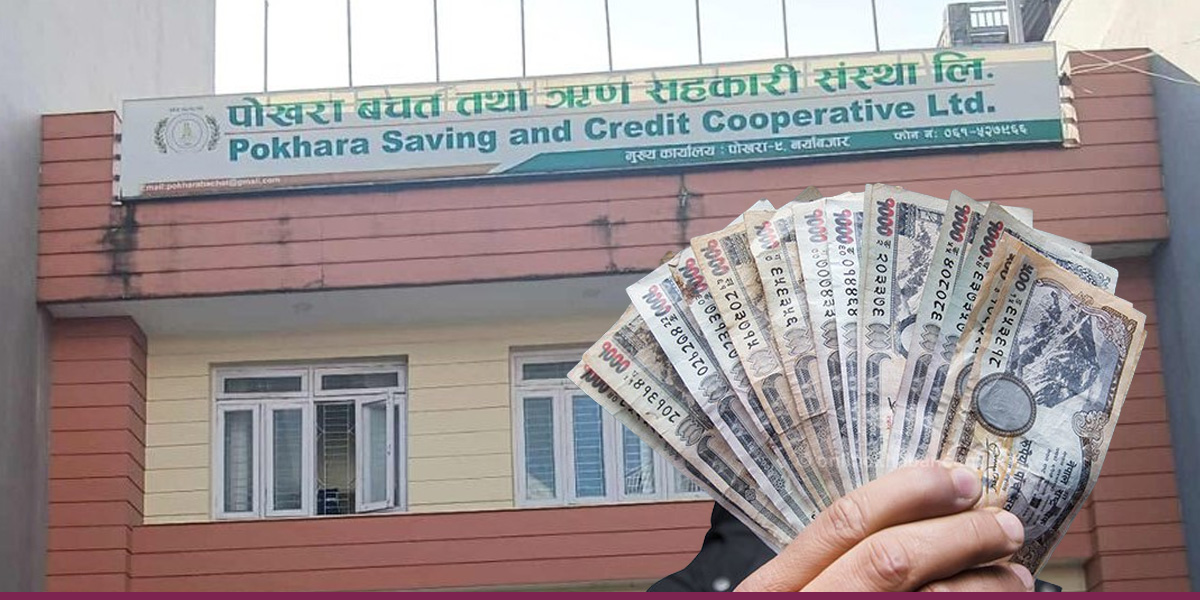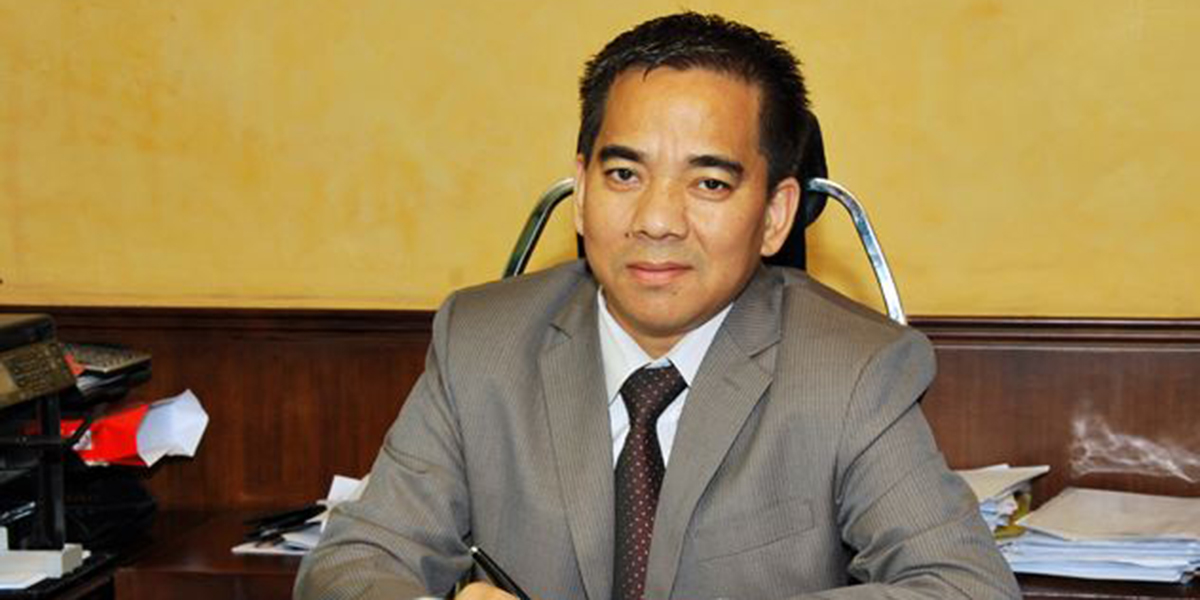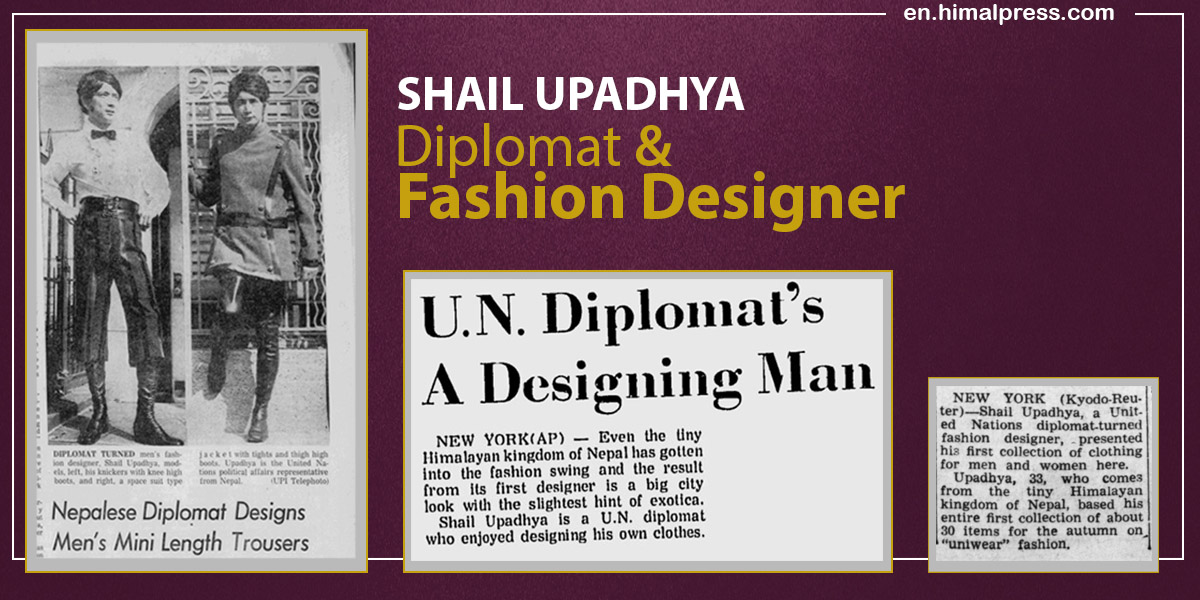
Many will find it hard to believe that a Nepali diplomat working in the United Nations was also famous as a fashion designer in New York. Shail Upadhya was a Nepali diplomat and a fashion designer who grabbed headlines in the late 1960s for his fashion creations.
Although Shail was not in Nepali government service, he worked for various UN agencies for nearly three decades. Born in Biratnagar in 1935, Shail was the son of Nepal’s first Attorney General, Kali Prasad Upadhya, and Nalini Upadhya. Nalini was the daughter of Krishna Prasad Koirala, the father of three former prime ministers: Matrika Prasad Koirala, BP Koirala, and Girija Prasad Koirala.
Kali Prasad, who used to practice law in the Patna High Court of India, was appointed Nepal’s first Attorney General in 1952 – two years after the tyrannical Rana regime came to an end. Shail’s family had been residing in Nepal before democracy was introduced in the country.
Shail was the nephew of former Prime Minister Matrika Prasad Koirala. BP Koirala stayed with him in New York while undergoing treatment for cancer.
Shail completed his school education at Saint Xavier’s School, Patna, and graduated from Nepal Law College. He then left for the US for higher studies, attending Virginia University and later Clairemont University of California (based on a radio interview with Sahadev in 2012).
After completing his studies, Shail joined the United Nations service as an assistant officer on August 9, 1961, and became a political affairs officer in 1969. He went on to become disarmament expert in the UN.
Despite not formally studying fashion design, Shail had a great interest in it. He pursued both fashion design and diplomacy as his career. His designs, created during his leisure time, were soon noticed by the media. This was understandable, as it was rare to find a UN serviceman involved in fashion designing, particularly from Nepal in the Far East.
Shail unveiled his summer collection for the first time in 1969, and later presented 30 designs for both men and women in his winter collection (Japan Times, June 19, 1969). One notable design was a long coat made from sheep wool woven by Sherpa people from the Himalayas. American news agency Associated Press (AP) captured a photograph of Shail offering the coat to a model. Many US media outlets covered his designs.
Instead of pants, Shail designed trousers for men that would go well with long boots. Numerous US media outlets covered Shail wearing his creations during 1969-70, with headlines like ‘Nepalese Diplomat Designs Men’s Mini Length Trousers’ and ‘UN Diplomat’s A Designing Man’. He also mentioned to the US media that he would create unisex trousers, as he didn’t prefer the traditional coat and pants combination.
According to news reports, Shail had a keen interest in fashion since his childhood days. He has said in interviews that he didn’t pursue fashion design as a profession but as a hobby. Shail also mentioned to US media that while he could make money by signing agreements with some firms, he would be happier if people who understood his taste wore his creations (Independent Journal, October 17, 1970).
In an interview, Shail reminisced about his childhood days when he would have tailors create new designs for him, and he would spend hours watching them work.
Although international media covered news about his fashion designs during 1969-70, there is no information available about his fashion designs after that. In one interview, he shared he had to give up his dream of creating new designs after his superiors advised him against it, as they felt it would not be appropriate for a UN diplomat to be involved in fashion design.
After completing his service with the United Nations, Shail returned to fashion designing. He mentioned that he did so to keep himself busy post-retirement and also to supplement his pension, which wouldn’t be sufficient to sustain him in the expensive city of New York.
Shail was not only known for his work in fashion but also for his strong advocacy for multiparty democracy in Nepal. He openly supported the cause of a republican system during the 2005-06 movement. Shail used to say he chose to stay in the US after completing his studies in the US due to his opposition to the one-party Panchayat system introduced by King Mahendra. According to Shail, in the 1960s, there were only three Nepalis in New York – himself, Ram Chandra Malhotra, and Sanu Shah – excluding those working in the Nepali mission.
In his later years, Shail was featured in the 2010 documentary titled “Bill Cunningham New York,” based on the life of New York Times photographer Bill Cunningham. He passed away in New York on January 9, 2013, at the age of 77.

